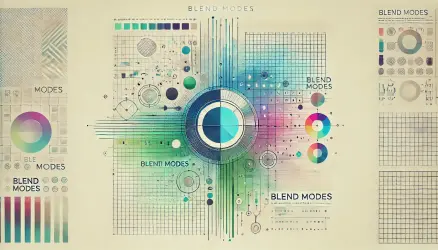CSS is a powerful language that allows web developers to control the presentation of a web page. Among the various features CSS offers, the repeat function stands out as a valuable tool for efficiently managing repetitive patterns in layouts and design elements.
Understanding the CSS Repeat Function
The repeat() function is part of the CSS Grid specifications, and it simplifies the process of creating repeated patterns for rows and columns. This function takes two arguments: the number of repetitions and the size of each repetition.
Repeat in Grid Layouts
.grid-container {
display: grid;
grid-template-columns: repeat(3, 1fr); /* Repeat 3 columns with equal width */
}
In the code above, the grid-template-columns property uses the repeat() function to create three columns, each with a width of 1fr (fractional unit). This concise syntax enhances readability and reduces redundancy.
Here’s an example of the repeat function on a CSS Grid layout.
HTML:
<div class="grid-container">
<div class="grid-item">1</div>
<div class="grid-item">2</div>
<div class="grid-item">3</div>
<div class="grid-item">4</div>
<div class="grid-item">5</div>
<div class="grid-item">6</div>
</div>CSS:
.grid-container {
display: grid;
grid-template-columns: repeat(3, 1fr); /* Repeat 3 columns with equal width */
gap: 10px;
}
.grid-item {
background-color: #3498db;
color: #fff;
padding: 20px;
text-align: center;
}Result:
Can You Use the repeat Function with Flexbox?
You cannot use the CSS repeat() function with Flexbox, so to achieve similar behavior, you can use an alternative like the calc() function to define flexible widths for repeated elements.
Take a look at the following example where the calc() function ensures that each item retains its size despite the gap.
HTML:
<div class="flex-container">
<div class="flex-item">Item 1</div>
<div class="flex-item">Item 2</div>
<div class="flex-item">Item 3</div>
<div class="flex-item">Item 4</div>
<div class="flex-item">Item 5</div>
<div class="flex-item">Item 6</div>
</div>CSS:
.flex-container {
display: flex;
flex-wrap: wrap;
justify-content: space-between;
}
.flex-item {
width: calc((100% - 20px) / 3); /* Three items per row with a 10px gap */
background-color: #e74c3c;
color: #fff;
padding: 15px;
margin-bottom: 10px;
box-sizing: border-box;
}Result:
Benefits of the Repeat Function:
The repeat() function in CSS contributes to cleaner, more maintainable, and scalable code, making it a valuable tool for web developers working on layouts with repetitive patterns.
To summarize the benefits, CSS repeat function provides you:
- Conciseness and Readability: The
repeat()function reduces the need for manually specifying repetitive values, making the code more concise and easier to read. - Ease of Maintenance: When adjustments are needed, modifying a single
repeat()function call is more efficient than updating individual values for each row or column. - Responsive Design: The
repeat()function is particularly beneficial for responsive design, as it allows for easy adaptation of layouts to different screen sizes. - Scalability: The
repeat()function enhances the scalability of your layouts. It simplifies the process of scaling up or down the number of repetitions, making it easier to adapt to changing design requirements.
Conclusion
The repeat() function in CSS is a valuable tool for creating flexible and efficient layouts in Grid Grid. By reducing redundancy and improving code readability, it contributes to a more maintainable and scalable web development process.
As you delve into the world of CSS, consider leveraging the repeat() function to streamline your layout design and enhance the overall user experience on your web pages.
If you got this far, You might want to check the post about Responsiveness with CSS Grid without Media Queries as we use there the repeat function as well.


